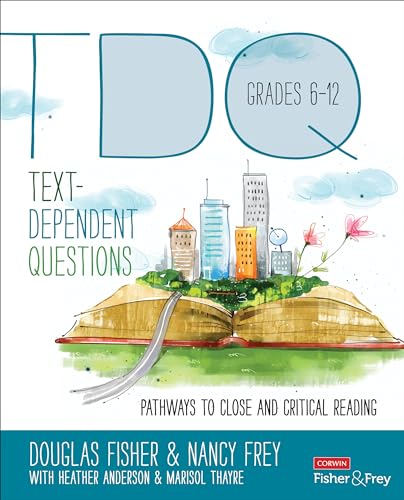St. Maximus the Confessor's "Questions and Doubts"
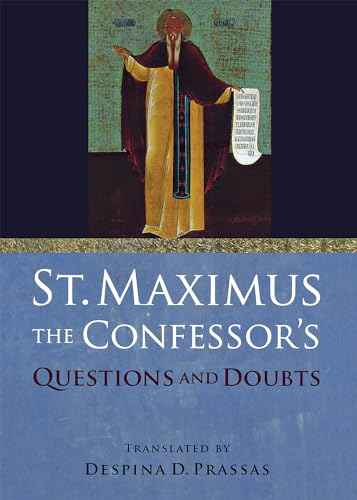

sku: COM9780875804132USED
ACCORDING TO OUR RECORDS THIS PRODUCT IS NOT AVAILABLE NOW
$46.26
Shipping from: Canada
Description
Maximus the Confessor (580–662) was a monk whose writings focused on ascetical interpretations of biblical and patristic works. For his refusal to accept the Monothelite position supported by Emperor Constans II, he was tried as a heretic, his right hand was cut off, and his tongue was cut out. A major theologian of the Byzantine Church, St. Maximus is venerated in both Eastern and Western Christian traditions. Despina PrassasÆs translation of the Quaestiones et Dubia presents for the first time in English one of the ConfessorÆs most significant contributions to early Christian biblical interpretation. The original work is believed to have been written before 626 while the monk was a member of a community located near Constantinople. The text is a series of 239 interrogations and responses addressing theological, philosophical, ascetical, spiritual, and liturgical concerns. In his work, Maximus the Confessor brings together the patristic exegetical aporiai tradition and the spiritual-pedagogical tradition of monastic questions and responses. The overarching theme is the importance of the ascetical life. For Maximus, askesis is a lifelong endeavor that consists of the struggle and discipline to maintain control over the passions. One engages in the ascetical life by taking part in both theoria (contemplation) and praxis (action). To convey this teaching, Maximus uses a number of pedagogical tools including allegory, etymology, number symbolism, and military terminology. Prassas provides a rich historical and contextual background in her introduction to help ground and familiarize the reader with this work. As the first study focused exclusively on the Quaestiones et dubia, this important book will appeal to the growing audience of readers interested in Maximus the Confessor and, more broadly, to scholars and students of early Christianity, early Byzantine monasticism, and patristic biblical exegesis.
Price history chart & currency exchange rate


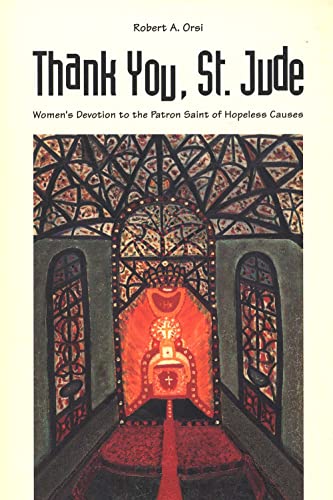
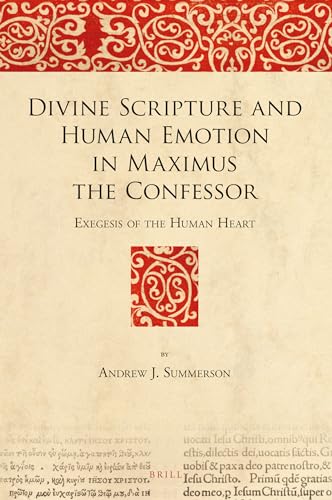










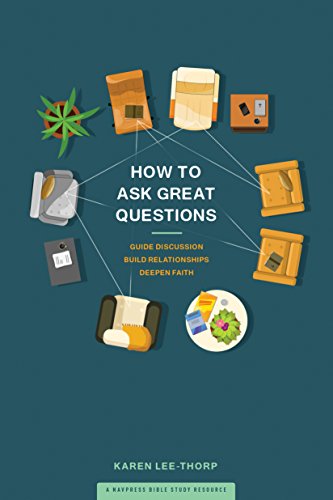


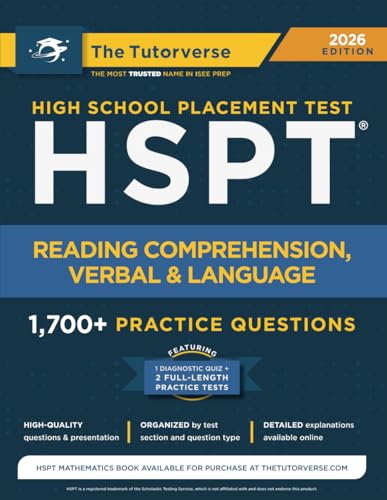

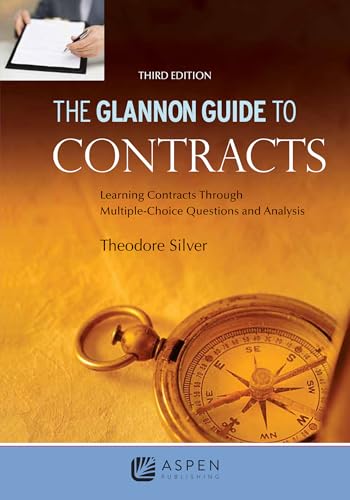




![Praxis II English Language Arts Content Knowledge (5038) Study Guide: Test Prep Book with 350+ Practice Questions (Praxis ELA) [3rd Edition]
Praxis II English Language Arts Content Knowledge (5038) Study Guide: Test Prep Book with 350+ Practice Questions (Praxis ELA) [3rd Edition]](http://pictures.abebooks.com/isbn/9781637982464-us.jpg)

